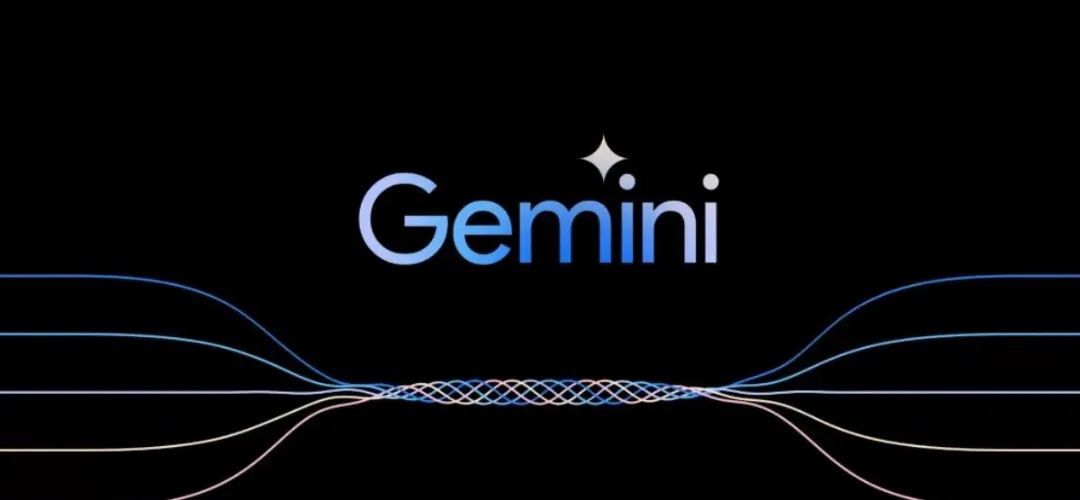OpenAI o1 Model: A New Thinking AI for Solving Complex Problems
Breakthrough AI Reasoning Capabilities for Revolutionary Progress in Science, Programming, and Mathematics
OpenAI recently introduced a new series of AI models aimed at addressing complex problems with deeper thinking. Known as the OpenAI o1 series, it currently includes two versions: o1-preview and o1-mini. These models perform exceptionally well in handling complex tasks across fields like science, programming, and mathematics, providing users with an unparalleled AI-assistive experience.

Image credit: https://openai.com/index/introducing-openai-o1-preview/
Unique Features of the o1 Model
- Deep Thinking Capability: The o1 model is specially trained to think more deeply before responding, simulating a human-like problem-solving process.
- Self-Correction: These models can identify their own mistakes and try alternative solutions.
- Outstanding Professional Performance: In complex scientific and mathematical tests, the o1 model demonstrates performance comparable to a PhD-level understanding.
Applications
The o1 model excels in the following fields:
- Strategy Development: Assists with initial strategy development and brainstorming.
- Educational Assistance: Offers curriculum development suggestions for teachers and personalized tutoring for students.
- Programming Support: Handles complex programming tasks, offering detailed solutions and pseudocode.
- Advanced Mathematics and Physics: Solves high-level mathematical proofs and physics problems with a detailed thought process.
- Complex Writing: Manages multi-faceted writing tasks, preserving the integrity of problem structures.
Differences Between o1-preview and o1-mini
- o1-preview: Equipped with extensive world knowledge, suitable for complex tasks requiring background information.
- o1-mini: Lacks broad world knowledge, better suited for tasks where all necessary information is provided in the prompt.
Usage Limitations and Considerations
- Tool Limitations: The o1 model currently cannot utilize advanced features like memory, custom instructions, data analysis, or document uploads.
- Usage Quota: ChatGPT Plus and Team users can access o1-preview 30 times per week and o1-mini 50 times per week.
- Context Window: In ChatGPT, the o1 model’s context window is 32k.
Enhanced Security
OpenAI developed new safety training methods for the o1 model, leveraging its reasoning abilities to better adhere to safety and alignment guidelines. In the most challenging “jailbreak” tests, the o1-preview model scored 84 out of 100, significantly higher than GPT-4o’s score of 22.
Future Prospects
As the o1 model continues to evolve, we can look forward to:
- Breakthrough applications across more fields
- Further integration with existing GPT models
- Broader accessibility, with potential future availability for free users
The release of the OpenAI o1 model marks an important milestone in AI technology. It not only enhances AI’s ability to solve complex problems but also sets a direction for future AI development. Whether you’re a researcher, developer, or student, the o1 model has the potential to become a powerful intelligent assistant.
Frequently Asked Questions
-
Q: What is the knowledge cutoff date for the o1 model?
A: Both o1-preview and o1-mini models share the same knowledge cutoff as the GPT-4o model, which is October 2023.
-
Q: When will enterprise and educational customers be able to use the o1 model?
A: ChatGPT Enterprise and Education customers will have access to o1-preview and o1-mini models starting from September 19, 2024.
-
Q: Can free ChatGPT users access the o1 model?
A: Currently, the o1 model is available only to paid ChatGPT users and API customers at Usage Level 5. OpenAI plans to expand access to free users in the future.
-
Q: What are the advantages of the o1 model over GPT-4o?
A: The o1 model performs better on complex problems requiring deep thinking, especially in science, programming, and mathematics. However, GPT-4o remains the better choice for most everyday tasks.
-
Q: How can I view the o1 model’s thought process in ChatGPT?
A: When using the o1 model, you can view its thought process by opening the dropdown menu above the response.






